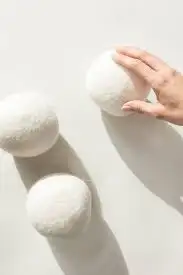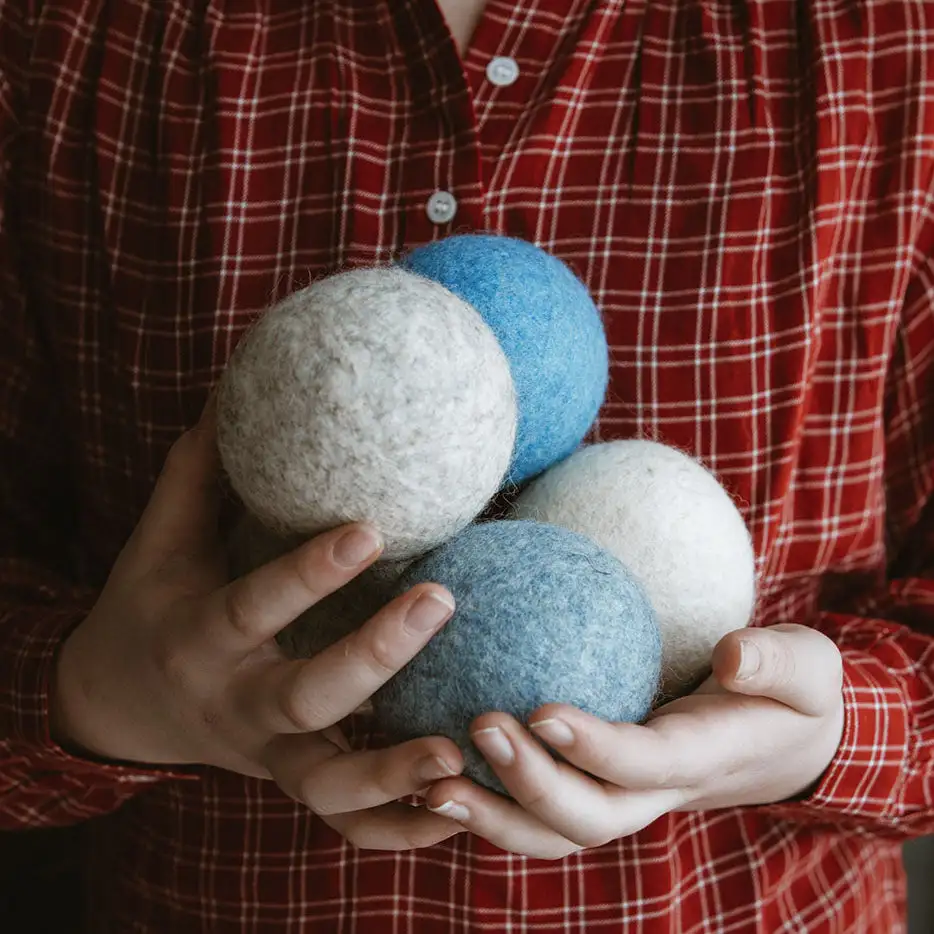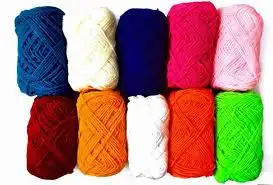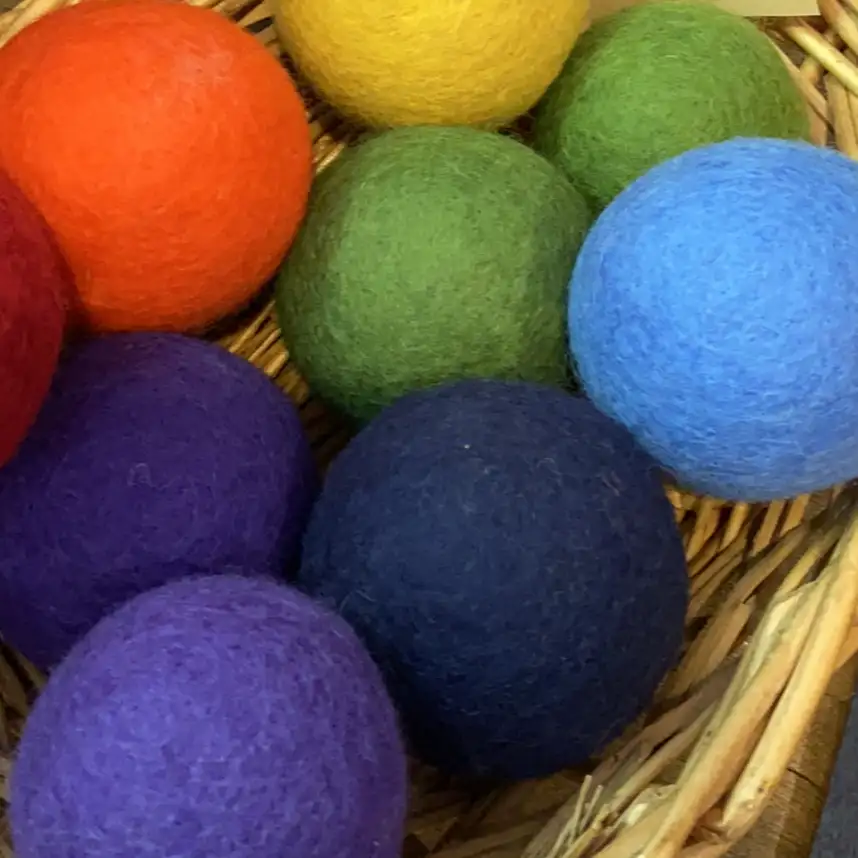khăn len dệt kim
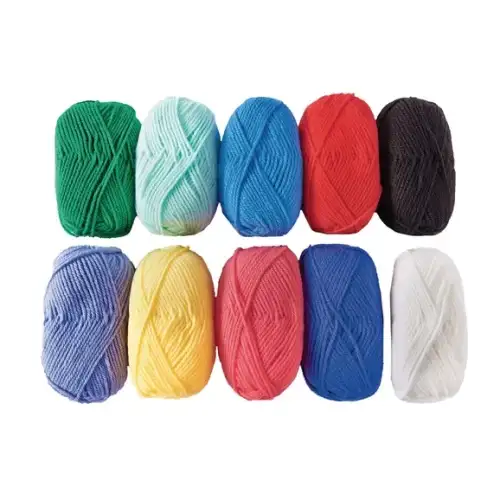
Knitting is an age-old craft that has been passed down through generations. It involves creating fabric from yarn using needles. The art of knitting allows for a wide variety of designs, patterns, and textures, making it a versatile method for producing warm and stylish garments. Handmade knitted scarves are particularly beloved by many for their uniqueness and personal touch. Each piece reflects the creativity and dedication of the knitter, giving it a special significance. The tactile nature of knitting and the ability to customize sizes, colors, and stitches make this craft especially appealing. Many crafters find joy in choosing yarns that feel warm and comfortable against the skin, ensuring that the end product isn’t just visually stunning but also practical for chilly weather. There are numerous benefits to choosing handmade knitted scarves over factory-produced ones. First and foremost, handmade scarves often boast higher quality materials. When you purchase a handmade item, you can often find carefully selected fibers that are softer and warmer than mass-produced alternatives. Additionally, the uniqueness of a handmade item means you won’t run into someone else wearing the same scarf, allowing you to express your individual style genuinely. Sustainability is also a crucial factor; many artisans focus on eco-friendly materials, ensuring that your purchase supports ethical practices. Furthermore, handmade knitted scarves often come with a story, whether it is about the artisan who created it or the specific inspiration behind the design. They are perfect for gifts, as they carry more emotional value than store-bought items. The variety of styles and patterns you can find in handmade knitted scarves is staggering. Here are a few popular styles to consider: Wrap Yourself in Warmth with Handmade Knitted Scarves
The Art of Knitting
The Benefits of Handmade Knitted Scarves
Styles and Patterns to Choose From
Caring for Your Knitted Scarf
Proper care can extend the life of your handmade knitted scarf significantly. Here are some tips to keep in mind:
- Washing: Most knitted scarves are delicate. It's best to hand wash them in cold water with gentle detergent. Avoid soaking for long periods.
- Drying: Lay your scarf flat on a clean towel to dry. Avoid wringing the fabric or using a dryer, as this could affect its shape.
- Storage: When not in use, store your scarf in a dry place. Avoid hanging it, as this can stretch the fabric over time.
- Repair: If your scarf gets snagged or develops holes, it’s often possible to mend it yourself or take it to a local crafting group for help.
Creating Your Own Knitted Scarf
Choosing the Right Yarn
When setting out to create your own handmade knitted scarf, selecting the right yarn is crucial. There are various types available, including wool, cotton, acrylic, and blends. Each fiber has its characteristics:
- Wool: Known for its warmth and flexibility, wool is a fantastic choice for colder climates.
- Cotton: This is breathable and perfect for lighter scarves that can be worn year-round.
- Acrylic: An affordable option that is easy to care for and available in numerous colors. It is great for beginners.
- Blends: Many yarns combine various fibers to produce unique textures and functionalities.
Essential Knitting Techniques
Before you begin your knitting project, it's beneficial to learn a few essential techniques. Here are some basic skills to get started:
- Cast On: This is the first step in creating your project. It sets the foundation for your knitted piece.
- Knit Stitch: The most fundamental stitch that creates a smooth fabric.
- Purl Stitch: This stitch offers an alternative texture and is often used in patterns.
- Binding Off: This technique secures the end of your scarf, ensuring it doesn’t unravel.
- Finishing Touches: Adding tassels or a decorative border can elevate the final look of your scarf.
Finding Inspiration and Patterns
Inspiration for your handmade knitted scarf can come from various sources. Online platforms like Pinterest and Ravelry offer countless patterns and ideas to get you started. You might also find inspiration in nature, current fashion trends, or even cultural designs. Crafting communities often share their patterns, making it easier for you to try out new techniques. Don’t hesitate to join a local knitting group or online forum; these platforms can provide invaluable support and guidance. Whether you choose to knit a simple design or a more intricate pattern, each project will teach you new skills and allow for personal growth.
Frequently Asked Questions (FAQ)
What yarn is best for knitting scarves?
Choosing the best yarn depends on personal preference and climate. Wool is excellent for warmth, while cotton works well for lighter scarves. Acrylic is versatile and affordable, making it ideal for beginners.
How long does it take to knit a scarf?
The time it takes to knit a scarf can vary based on the pattern complexity and your knitting speed. A simple pattern may take a few hours, while more intricate designs could take several days or even weeks to complete.
Can I wash my handmade knitted scarf?
Yes, but it’s essential to care for it properly. Handwashing in cold water with gentle detergent is recommended, and avoid wringing it out to maintain its shape.

